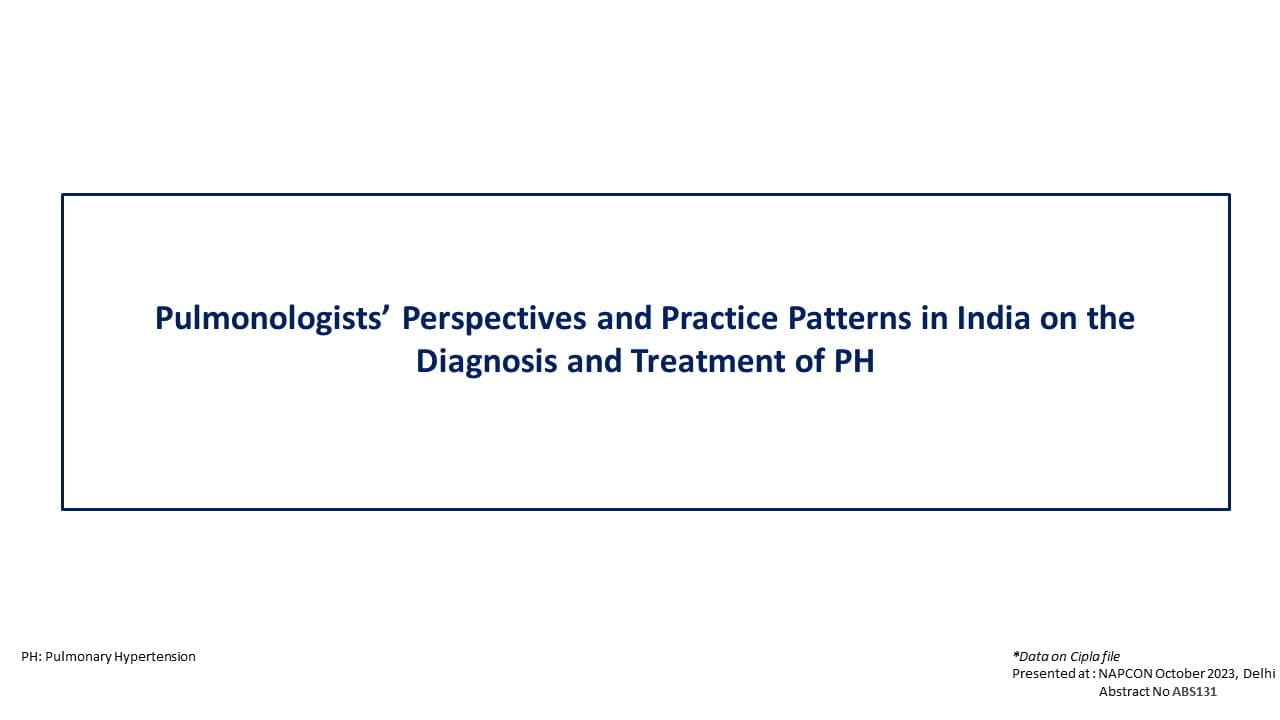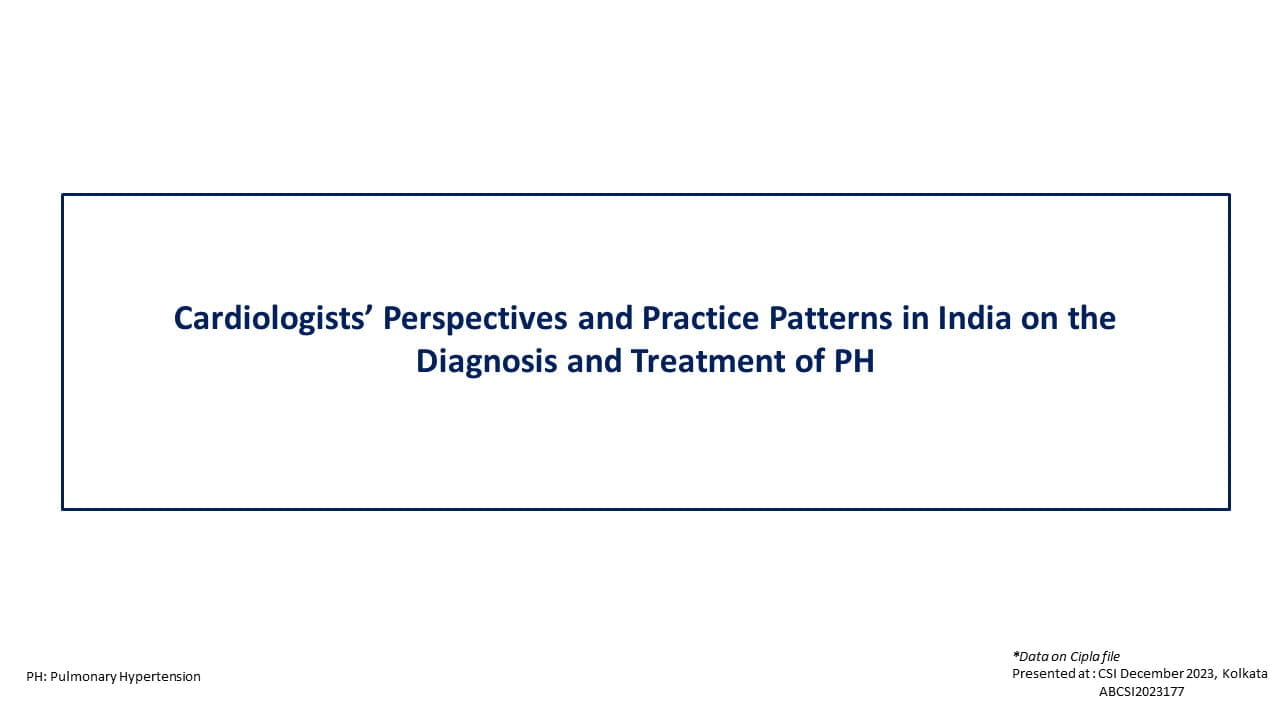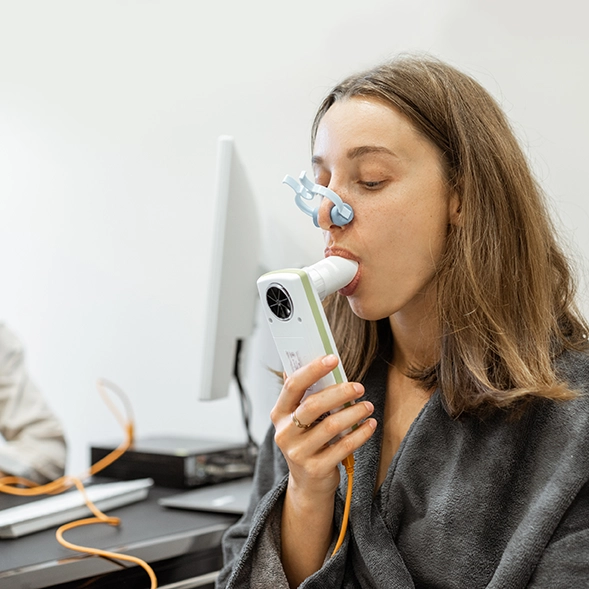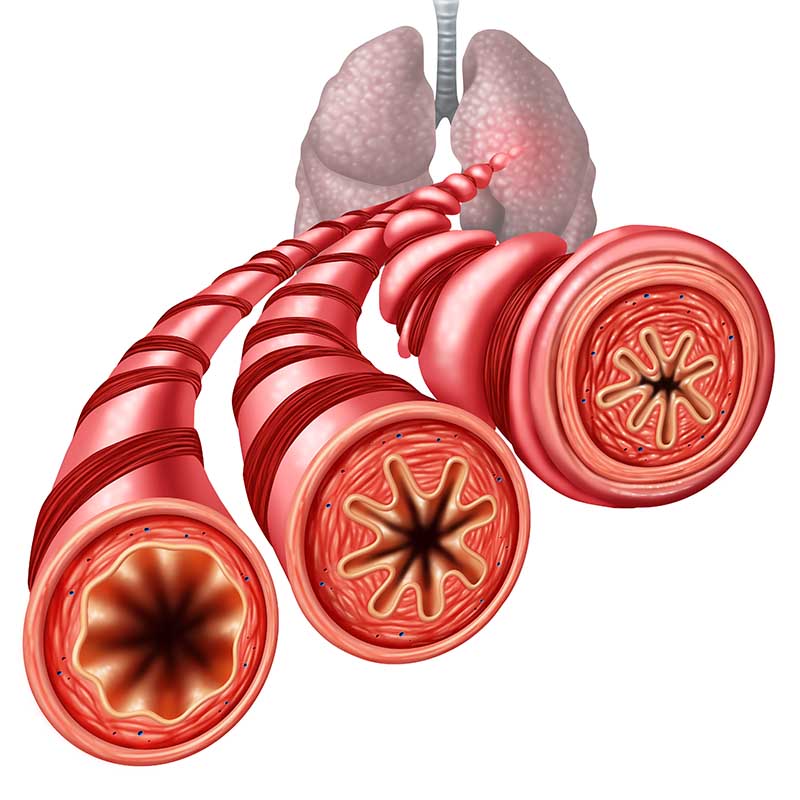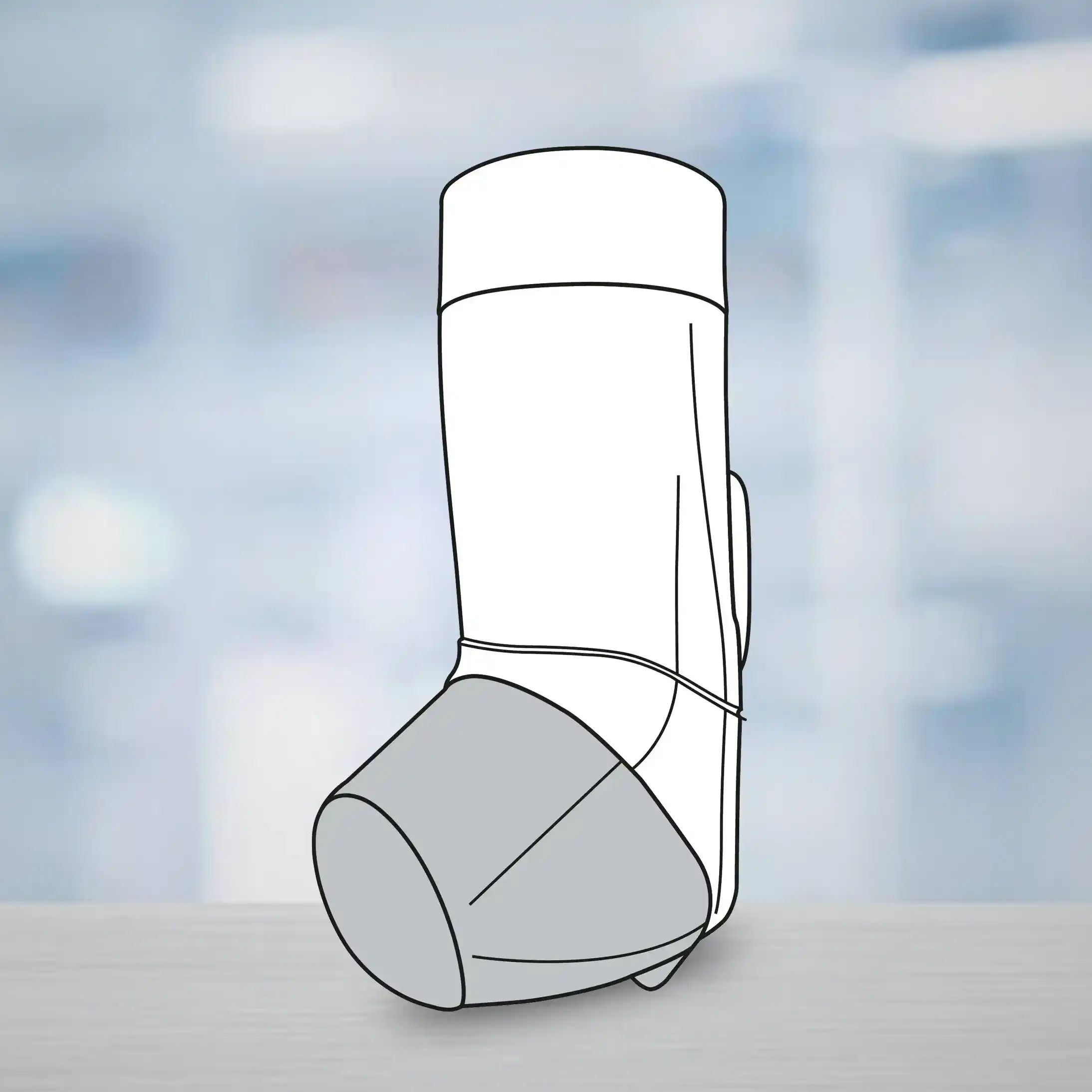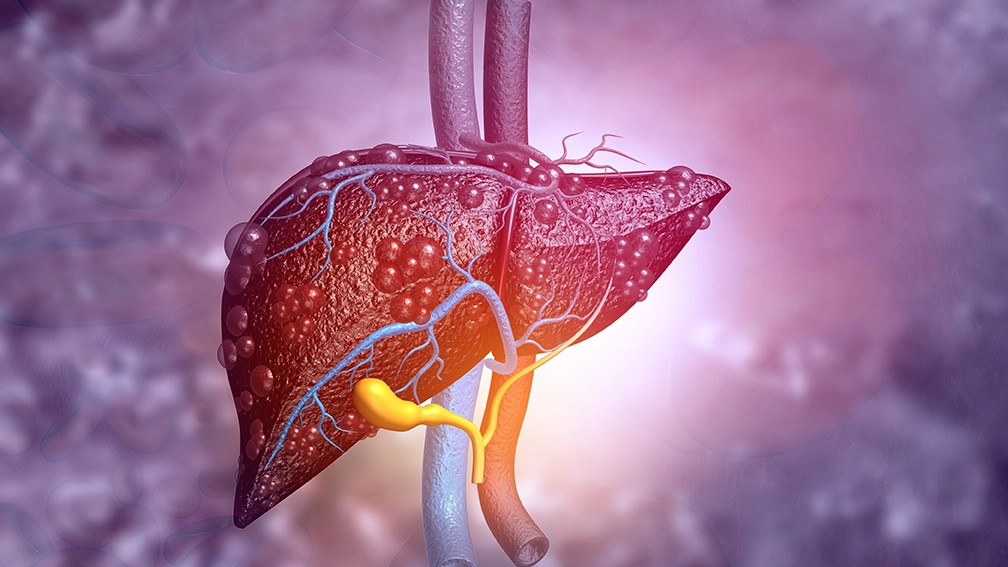Introduction
Almost 50% of gastroesophageal reflux disease (GERD) patients treated with proton pump inhibitor (PPI) therapy do not achieve adequate symptom relief. Additionally, due to concerns regarding risks with long-term PPI use, it is essential to minimize unneeded use. Hence, there is a requirement for diagnostic approaches to identify candidates appropriate for PPI cessation. The current study explored the use of prolonged reflux monitoring which was already familiar for evaluation of reflux episodes and their link to patient-reported symptoms.
Aim
To examine the clinical utility of prolonged wireless reflux monitoring to predict the ability to discontinue PPI therapy among a population of patients with gastroesophageal reflux symptoms and inadequate PPI response.
Patient Profile
- 100 participants with troublesome esophageal symptoms of heartburn, regurgitation, and/or noncardiac chest pain and inadequate PPI response
- Patients may have also experienced concurrent extraesophageal symptoms such as cough, globus, sore throat, or dysphonia
Method
Study Design
- Prospective, double-blind, single-arm clinical trial
- Study intervention was PPI cessation for 3 weeks during which participants underwent 96-hour wireless reflux monitoring (off PPIs for >7 days)
Endpoints
- Primary outcome: status of PPI use during the study intervention, categorized as discontinued PPIs or resumed PPIs
- Secondary outcomes: symptom burden [absolute and percentage of change in Reflux Symptom Questionnaire electronic Diary (RESQ-eD) score and presence of objective GERD on reflux monitoring]
Results
Efficacy
- As per the status of PPI use during the study intervention, 34% participants tolerated PPI discontinuation, while 66% patients preferred PPI resumption
- Total acid exposure time (AET) was significantly higher in the resumed PPI group versus the discontinued PPI group (6.6% vs 4.3%; P < 0.01; Figure 1)
- The number of days with AET > 4.0% on reflux monitoring was an important physiomarker which strongly predicted the ability to discontinue PPIs
- Every additional day with AET > 4.0% was associated with a 1.8 increased odds of PPI resumption (OR 1.82; P < 0.01)
- Participants with 0 days of AET > 4.0% (negative wireless reflux monitoring) had 10 times increased odds of tolerating PPI discontinuation than participants with all 4 days of AET > 4.0% (OR, 10.0; P < 0.01)
- An AET > 4.0% for >2 days maximized the prognostic performance (OR, 5.31; P < 0.001) with an area under the receiver operating characteristic curve of 0.69, 79% sensitivity, and 59% specificity for the ability to discontinue PPI therapy
- Overall, 71% of results on reflux monitoring were concordant with outcome (resumed PPI and had objective GERD or discontinued PPIs and did not have GERD)
- Reduction in symptom burden was greater among patients who discontinued PPIs versus those who resumed PPIs (RESQ-eD, –43.7% vs –5.3%; P=0.04); however, symptom scores alone did not predict which patients were able to discontinue their PPI therapy
- Reduction in RESQ-eD was greater among participants with objective GERD compared with no GERD (–42.1% vs –7.0%; P = 0.03)
Figure 1: Total AET in patients who resumed PPI and discontinued PPI
Conclusion
- Acid exposure on reflux monitoring predicted the ability to discontinue PPIs without symptom escalation in patients with typical reflux symptoms, inadequate PPI response, and absence of severe esophagitis
- The high negative predictive value of reflux monitoring observed in this study could translate to PPI discontinuation in over one-third of symptomatic patients with inadequate response to PPIs
- This may limit unnecessary PPI use and guide a personalized management approach
- This was the first study to demonstrate the prognostic ability of acid exposure to predict response to PPI cessation
Gastroenterol 2021; 160: 174-182


